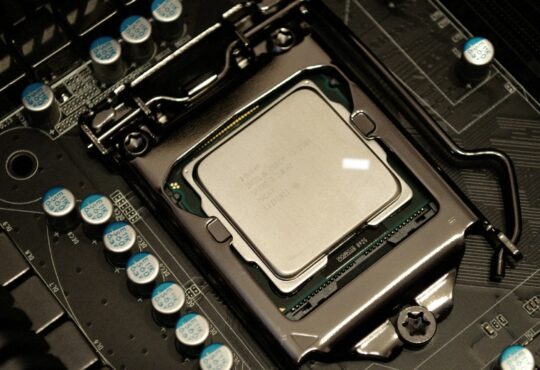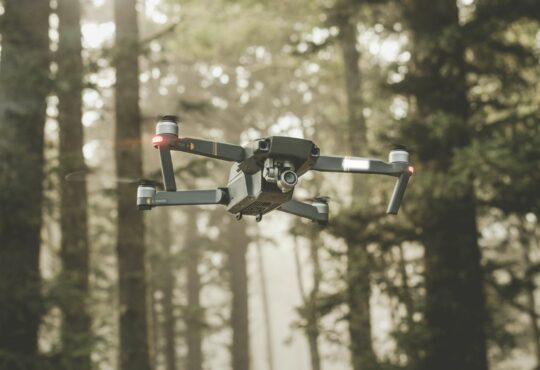Despite the COVID-19 situation, we’ve been seeing quite a bit of activity in the rugged handheld market. Many businesses are planning, or already implementing, a wholesale migration of their systems from Windows CE, Windows Mobile, or Windows Embedded Handheld to Android. That comes as no surprise, given that Microsoft departed the handheld OS market almost three years ago.
What does the migration to Android mean to the rugged handheld and small tablet market? Just like a few years ago the massive proliferation of smartphones opened new markets for rugged device providers, the migration to Android represents another great opportunity for vendors of rugged handheld technology.
After years of postponing upgrades and migration while waiting for Microsoft, numerous enterprises are now ready to switch to Android and invest in a productive future. But just like the smartphone revolution did before, the migration to Android provides both opportunities as well as a number of challenges to our industry.
Competition from smartphones
The global proliferation of smartphones paved the way to far greater acceptance of mobile technology and numerous new opportunities for rugged handhelds. Unfortunately, the ready availability of powerful and inexpensive smartphones led to a good number of prospective customers to opt for smartphones-in-a-case over rugged handhelds.
Also contributing was that some of the traditional selling points of rugged handhelds were matched and sometimes exceeded by a new generation of smartphones. Ingress protection and drop resistance are two examples. Many modern smartphones are waterproof, have strengthened glass, and, with a cheap case, can handle great drops. Rugged devices must not only match but beat that. Determine what smartphones in a case cannot do, and offer that.
State-of-the-art
Effortless performance sells. While the sales cycle of smartphones is measured in months, the one of rugged handhelds is still measured in years. Falling behind in performance and features is a real danger. Sales cycles can’t be matched, but staying close to the state-of-the-art in new rugged devices can, and it is becoming mandatory.
As of now, Qualcomm’s “SnapDragon” SD660 has become a sort of a standard in vertical market Android devices. It’s a good, responsive platform, but it goes back to 2017 and even then was considered a value chipset more than a high-performance option. Don’t fall too far behind. The world’s billions of smartphone users have a clear expectation of how quick and responsive a phone should be. If rugged handhelds are much slower, they won’t be accepted.
The tablet opportunity
The major suppliers of rugged computing hardware are viewing their Android tablets not so much as an alternative to Windows 10 tablets but as a migration path from Windows CE/Mobile/WEHH to Android. Android was made for small devices, and that includes small tablets. Help customers make the addition of Android tablets as part of their migration.





